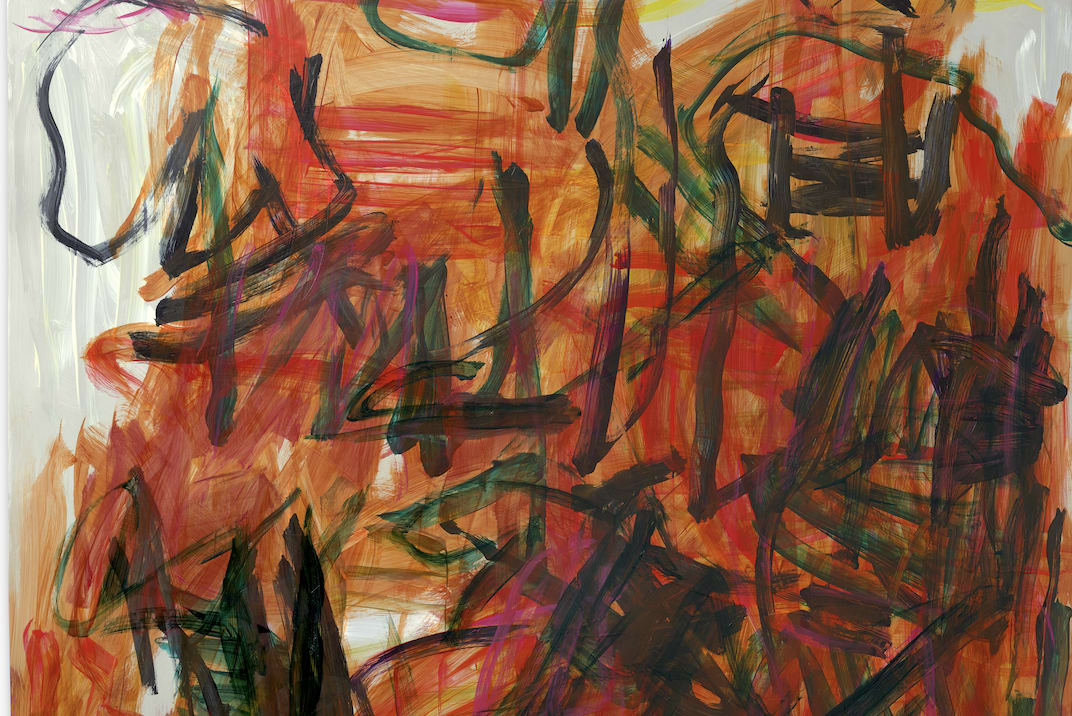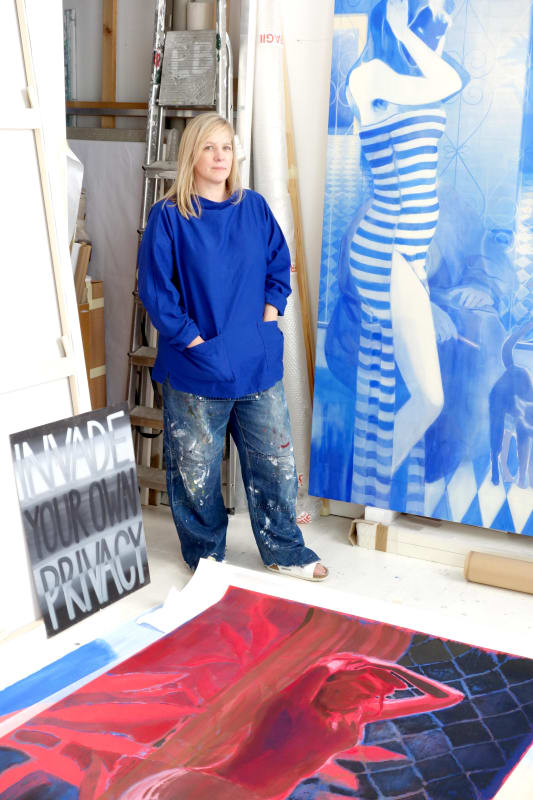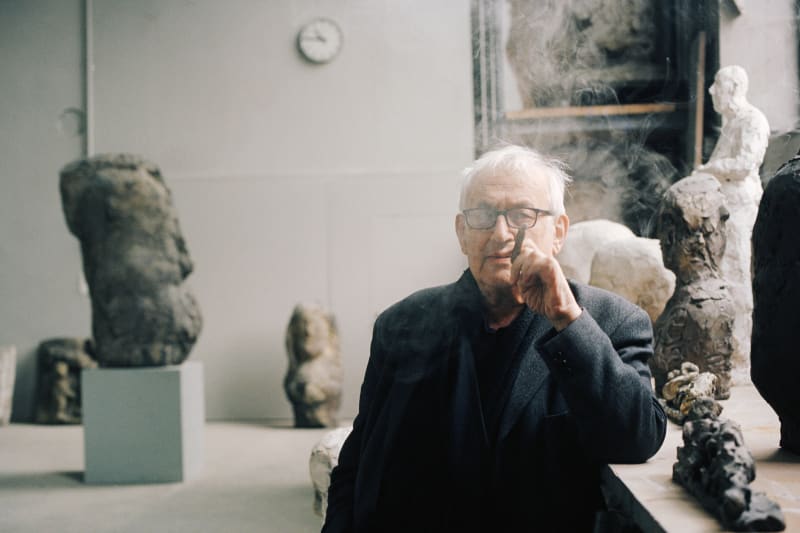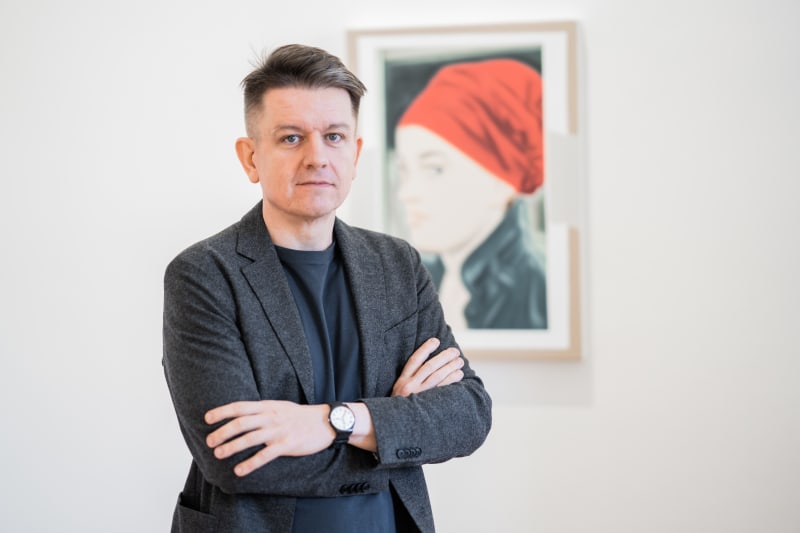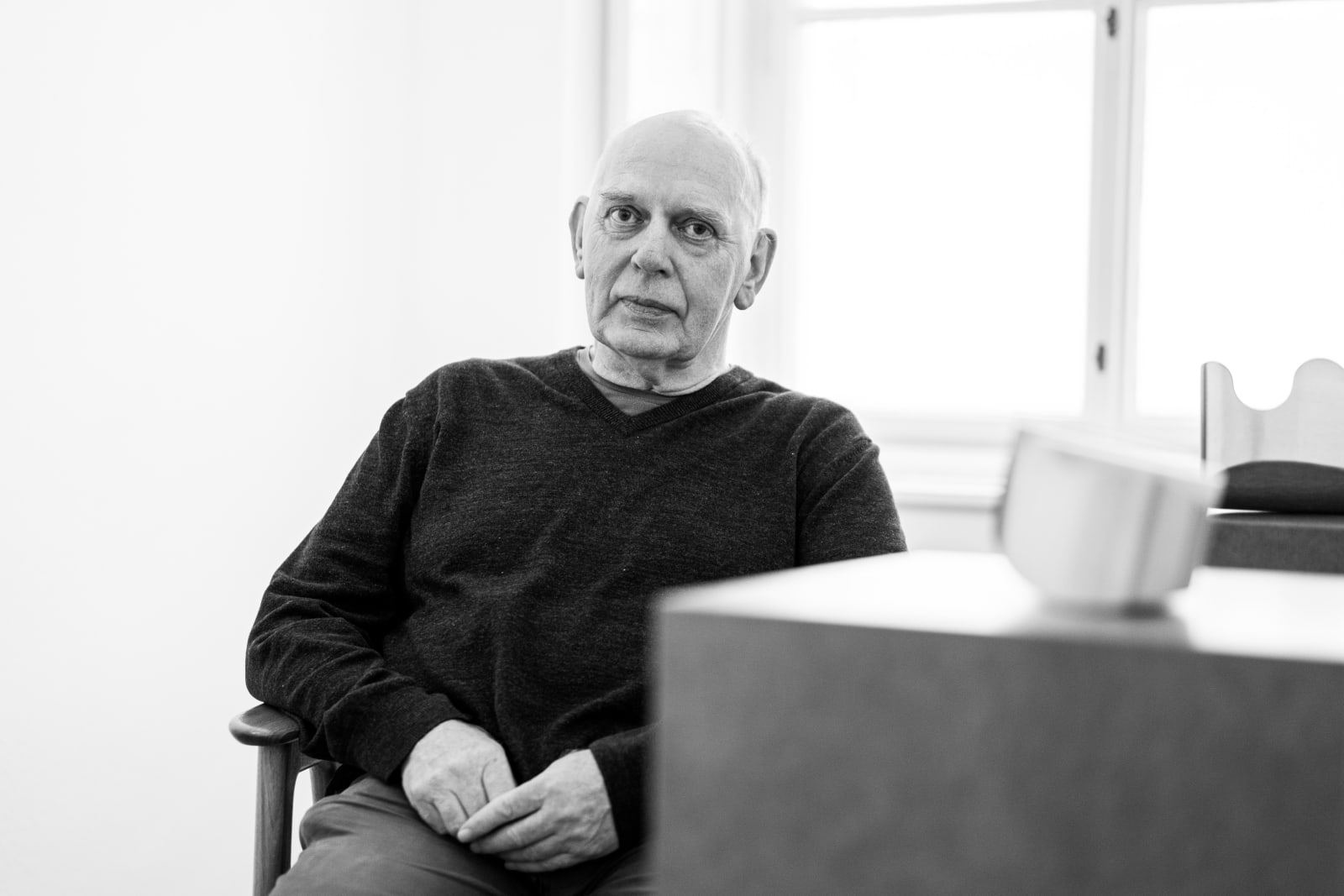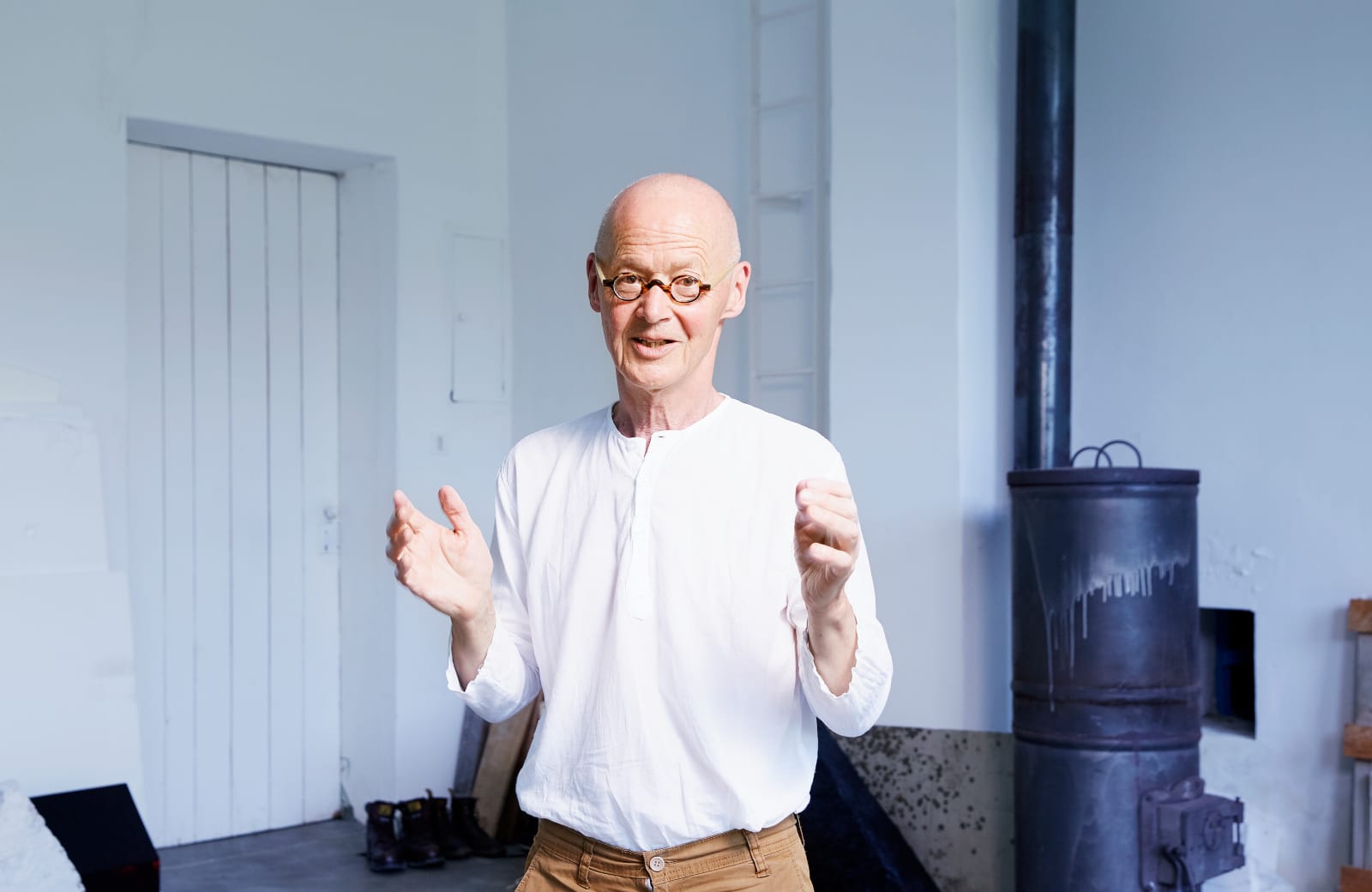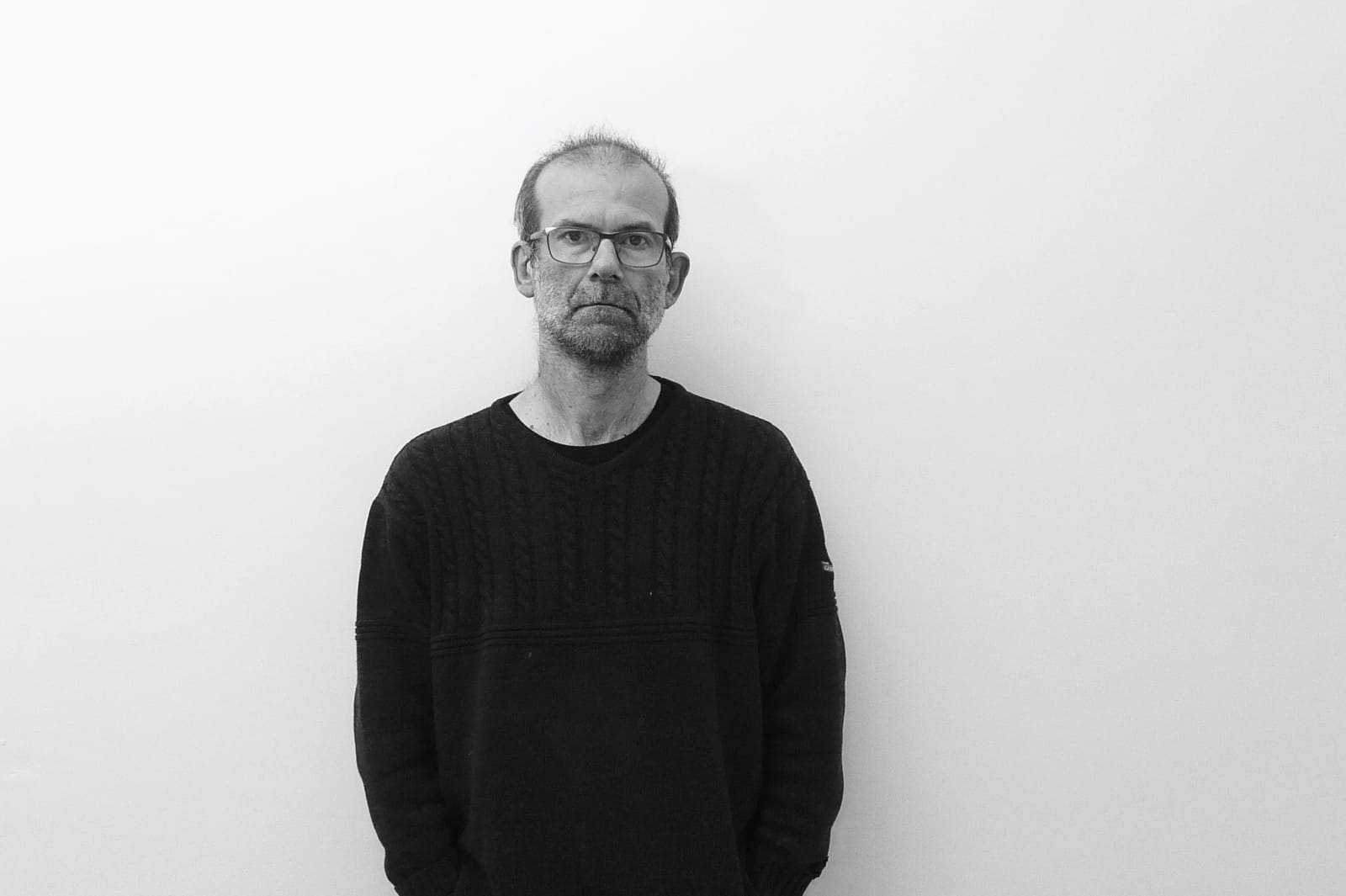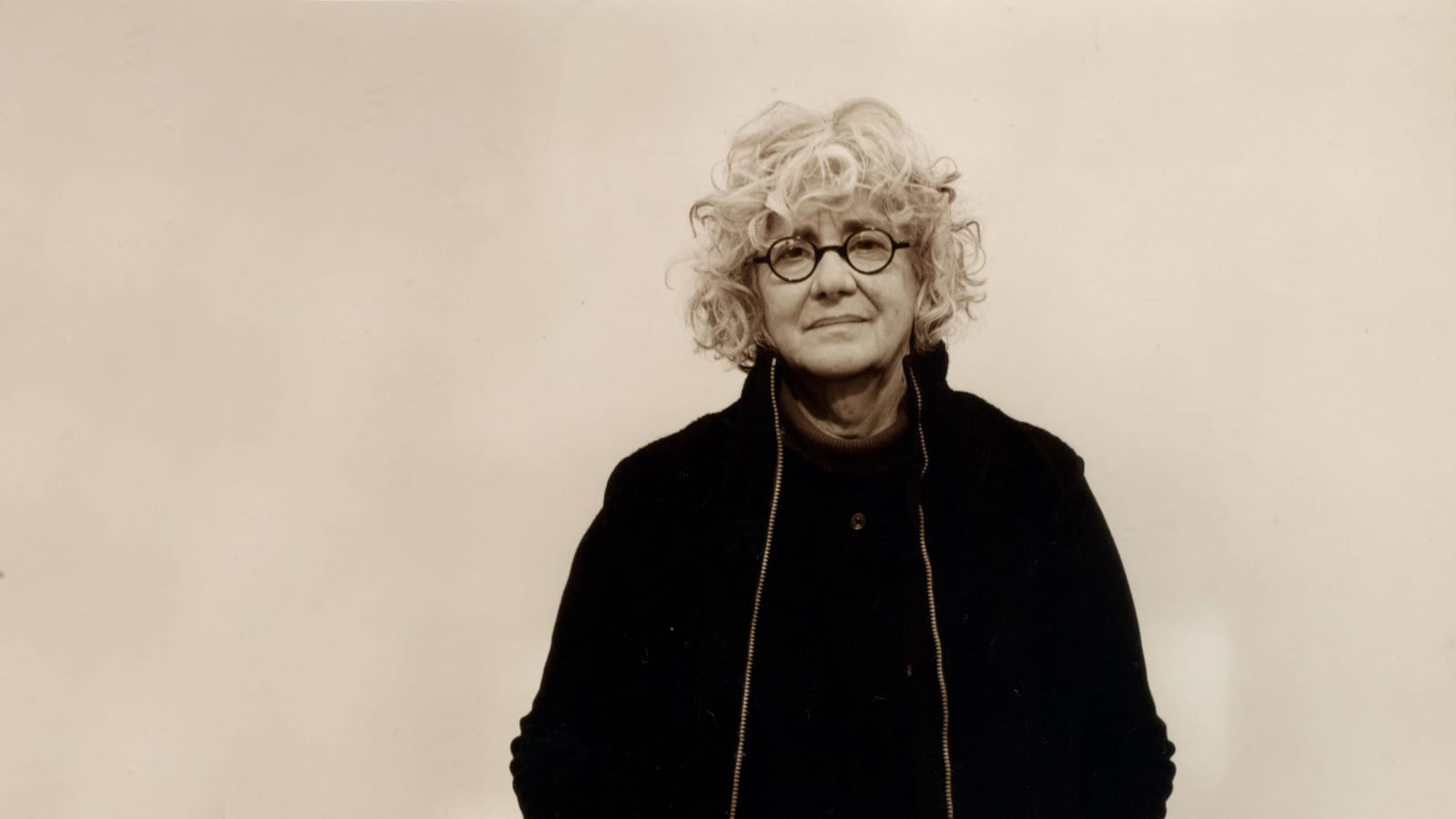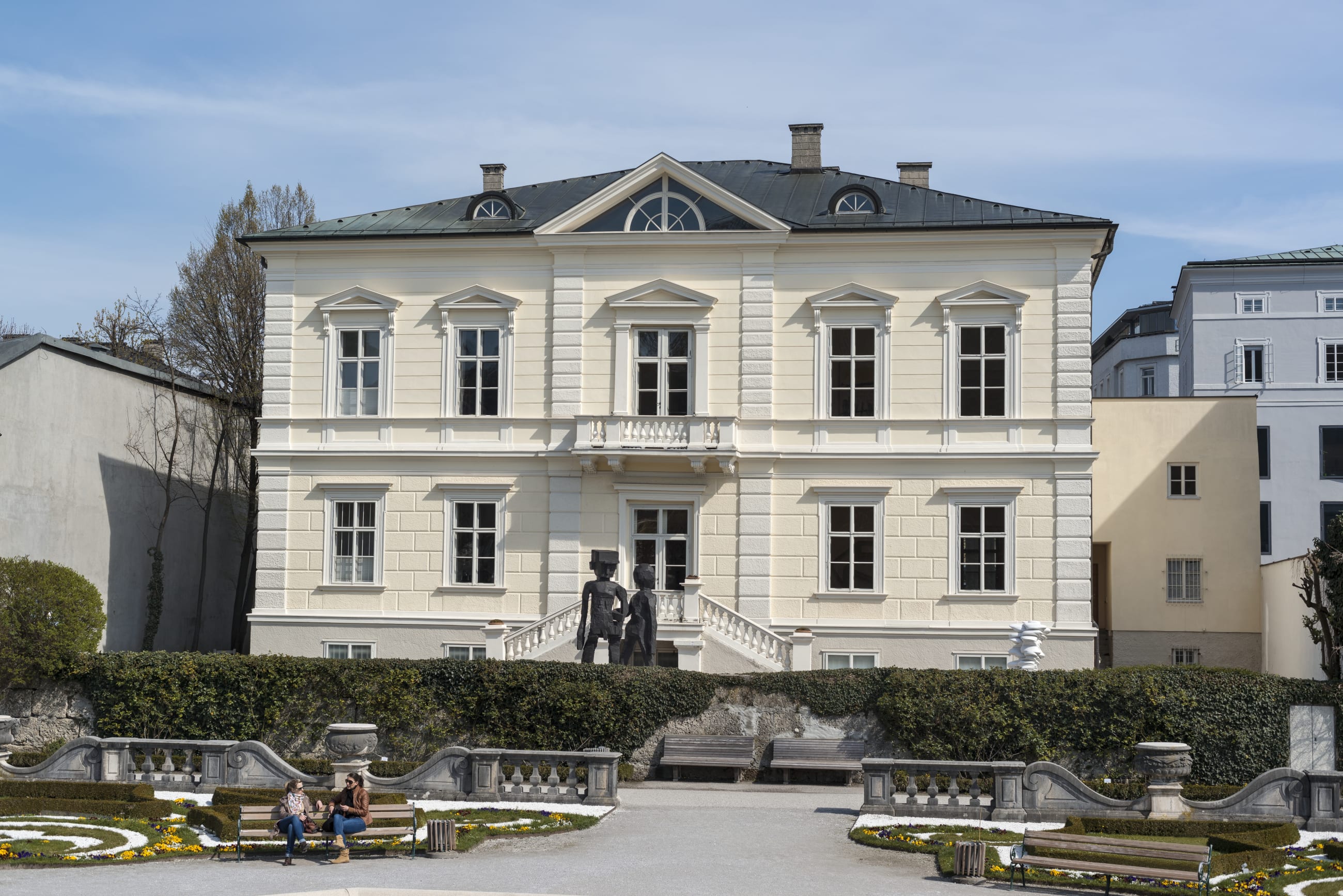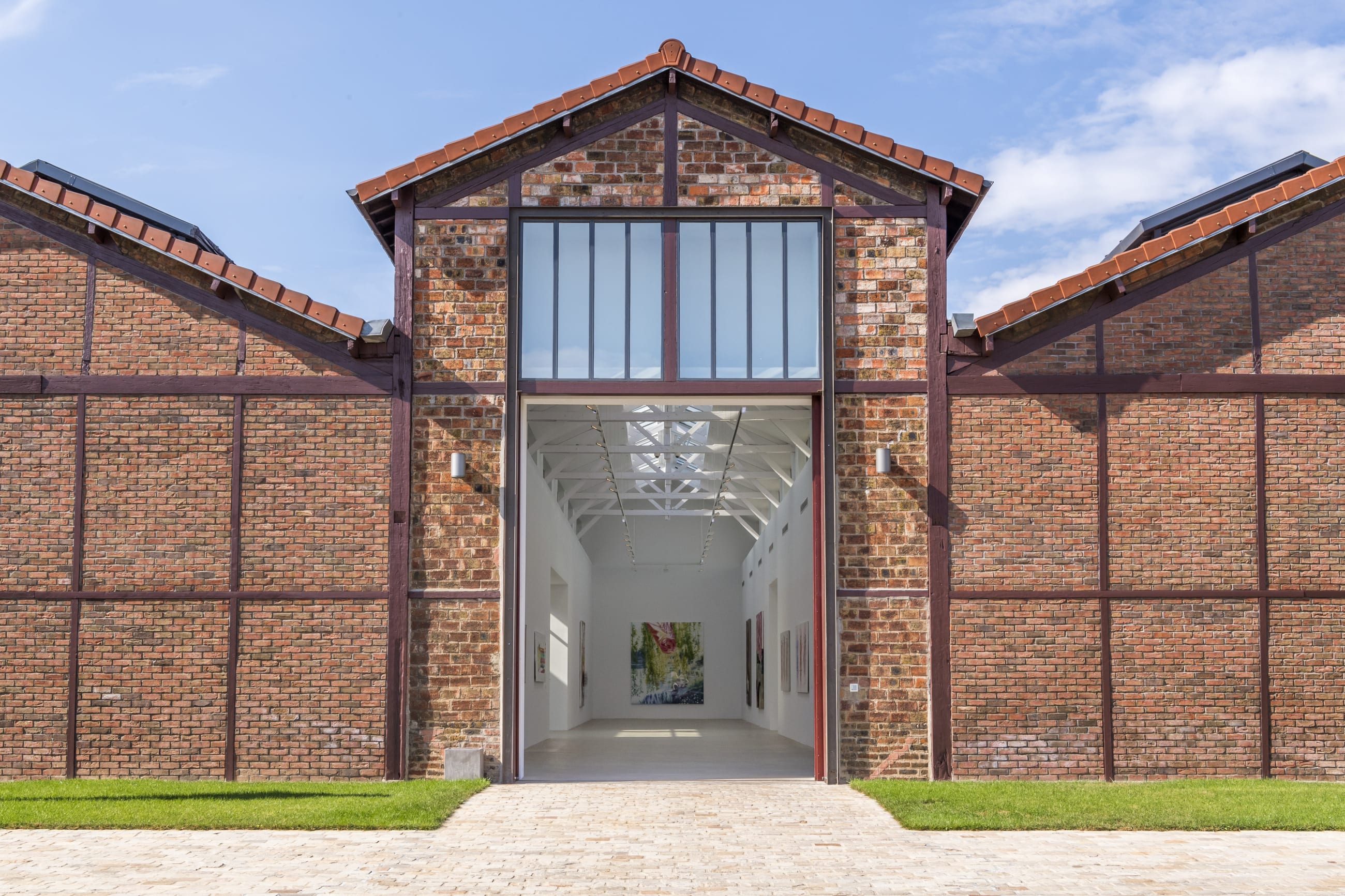Anselm Kiefer at St. Peter’s in Salzburg
Two paintings by Anselm Kiefer are now permanently installed in the Abbey Church of St. Peter in Salzburg. Commissioned specifically for the antechamber of the church by the Salzburg Foundation, Kiefer’s large-scale works depict the martyrs Saint Appolonia and Saint Dorothy. With architectural elements dating back to the 13th century, this space serves as a transitional area, its contemplative atmosphere intended to prepare visitors for entry into the sanctity of the church. Founded in the 7th century, St. Peter’s Abbey is considered the oldest monastery still in existence in the German-speaking world.
Saint Appolonia of Alexandria was martyred during the persecution of Christians under the Roman Emperor Decius. According to letters by Saint Dionysius of Alexandria, her teeth were knocked out, her jaw shattered, and she was threatened with being burned alive unless she renounced her faith. Refusing to yield, Appolonia voluntarily threw herself into the flames, praying aloud as she perished. Kiefer depicts the saint larger than life in the midst of her martyrdom, her body exposed, teeth cascading from her mouth like scattered pebbles. Her flailing legs are silhouetted against a luminous golden background, across which Kiefer has inscribed the saint’s name in his characteristic cursive hand.
Installed directly opposite is Kiefer’s depiction of Saint Dorothy. According to legend, Dorothy was born to Christian parents in the late third century. When a pagan governor sought her hand in marriage, she refused, having vowed perpetual virginity as a bride of Christ. The governor ordered her torture, but when threatened with death, she declared she would gladly endure all anguish out of love for Christ, in whose garden she would rejoice forever. A scribe named Theophilus overheard this and mockingly said he would like to receive flowers and fruit from this heavenly garden. As Dorothy prayed, a golden-haired boy in a star-embroidered robe appeared, bearing a basket of roses and apples. Receiving these gifts in the middle of winter, Theophilus was converted and publicly professed his faith. The governor, furious, had both Dorothy and Theophilus executed. In Kiefer’s painting, Dorothy appears holding the basket of flowers, their petals tumbling to the ground in a golden stream. She is depicted in billowing turquoise garments against a radiant gold background, her gaze lifted towards heaven in silent devotion.
Kiefer’s depiction of female mystics and saints forms a recurring motif in his practice, reflecting his ongoing engagement with themes of sacrifice and the spiritual potency of the feminine. The language of material plays an essential role, acting not merely as a medium but as a carrier of meaning. Gold leaf, sediment of electrolysis, dried flowers and teeth evoke notions of the sacred and the eternal cycles of death, decay and renewal. In their symbolism and physical form, Kiefer’s works at St. Peter address enduring themes of sanctity and the perennial longing for redemption and spiritual transformation.
The Salzburg Foundation realised this project under the artistic direction of Prof. Walter Smerling, Director of the MKM Museum of Modern Art in Duisburg.















